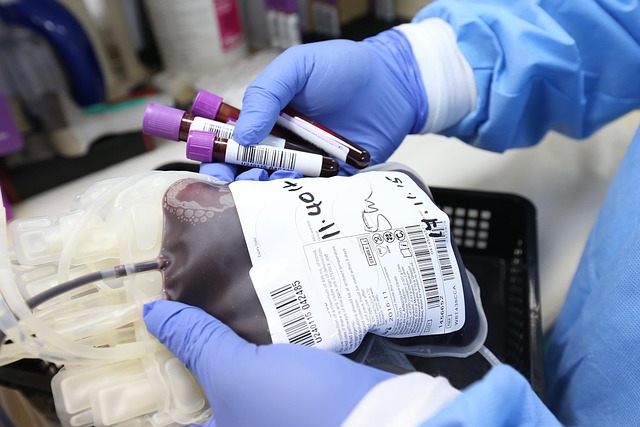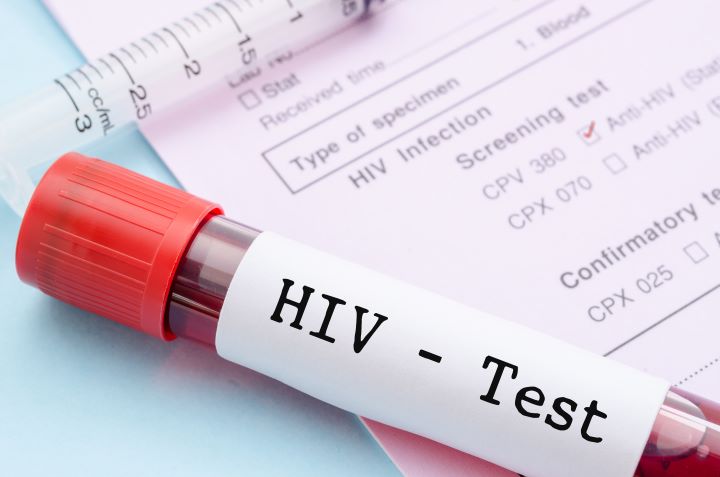Leukemia treatment: options, processes, and what to expect
This article explains common approaches to treating leukemia, how decisions are made, and what patients and families can reasonably expect during care. It covers the main treatment types, how clinicians choose therapies, supportive care to manage side effects, and ways to find local services and trials. This information is for general educational purposes and does not replace individualized medical advice.

This article is for informational purposes only and should not be considered medical advice. Please consult a qualified healthcare professional for personalized guidance and treatment.
What is leukemia and how is it classified?
Leukemia is a group of cancers that affect the blood-forming tissues, most commonly the bone marrow and lymphatic system. It is typically classified by how quickly it progresses (acute or chronic) and by the cell lineage involved (lymphoid or myeloid). Acute leukemias progress rapidly and usually require urgent treatment, while chronic leukemias often have a slower course and may be monitored before starting therapy. Subtypes such as acute lymphoblastic leukemia (ALL), acute myeloid leukemia (AML), chronic lymphocytic leukemia (CLL), and chronic myeloid leukemia (CML) guide both prognosis and the treatment approach.
Common treatment types
Standard treatments for leukemia include chemotherapy, targeted therapy, immunotherapy, radiation therapy, and stem cell transplantation. Chemotherapy uses drugs to kill rapidly dividing cells and often forms the backbone of initial treatment, particularly for acute leukemias. Targeted therapies aim at specific molecular abnormalities in cancer cells, such as BCR-ABL inhibitors for CML. Immunotherapies — including monoclonal antibodies, CAR-T cell treatments, and immune checkpoint modulators — harness the immune system to attack leukemia cells. Radiation can be used for localized control or as part of conditioning before transplant. Stem cell (or bone marrow) transplantation can offer a potential cure by replacing diseased marrow with healthy donor cells, but it carries significant risks and requires careful patient selection.
How treatment is chosen
Choosing the right treatment involves multiple factors: the type and genetic features of the leukemia, patient age, overall health, organ function, and patient preferences. Modern practice increasingly relies on molecular testing to identify mutations that predict response to specific targeted agents. Multidisciplinary teams — including hematologists, oncologists, transplant specialists, pharmacists, and specialist nurses — discuss the best options for each patient. For some slower-progressing chronic leukemias, a watch-and-wait approach may be appropriate, while aggressive acute leukemias often require immediate induction chemotherapy. Clinical trials are also an important consideration, particularly when standard therapy options are limited.
Supportive care and side-effect management
Supportive care is integral to leukemia treatment and covers infection prevention, transfusions, nutritional support, and symptom control. Because therapies often suppress bone marrow function, patients can be at higher risk of infections, bleeding, and anemia; prophylactic antibiotics, growth factors, and blood product transfusions are commonly used. Side-effect management also addresses nausea, fatigue, mucositis, and organ-specific toxicities; many centres provide specialist supportive-care teams. Psychological support, social services, and rehabilitation can improve quality of life during and after treatment. Close monitoring and early intervention for complications contribute significantly to outcomes and wellbeing.
Finding local services and clinical trials in your area
Access to specialized care varies by region; start by consulting a haematology clinic at a major hospital or cancer centre for accurate diagnosis and treatment planning. Many countries maintain registries or national health service pages listing specialist centres and clinical trials. Patient advocacy groups and hospital patient liaison teams can help locate local services, financial support options, and peer support networks. When considering clinical trials, discuss inclusion criteria, potential benefits, and risks with the specialist team; trial participation often requires travel or coordination with the trial centre, so ask about local support options.
Practical considerations for costs and accessing treatment
Treatment costs and pathways differ by health system and insurance arrangements. In publicly funded systems some treatments are covered fully or partially, while in private systems out-of-pocket costs, co-payments, or coverage limits may apply. Costs to consider include hospital stays, medications (especially newer targeted agents or CAR-T therapy), supportive-care needs, travel to specialist centres, and post-treatment follow-up. If you need more precise cost estimates or provider comparisons, consult hospital finance teams, clinical nurse specialists, or local patient support charities for region-specific guidance. Prices, rates, or cost estimates can vary over time and by provider; independent research is advised before making financial decisions.
Conclusion
Leukemia treatment encompasses a range of modalities tailored to disease subtype, molecular features, and the individual’s health and preferences. Advances in targeted therapy and immunotherapy have expanded options, but each approach carries benefits and risks that need careful discussion with a specialist. Coordinated supportive care, access to experienced clinicians, and consideration of clinical trials are important components of modern leukemia management. For decisions about diagnosis and treatment, speak with a qualified haematology or oncology professional who can provide personalized guidance.



